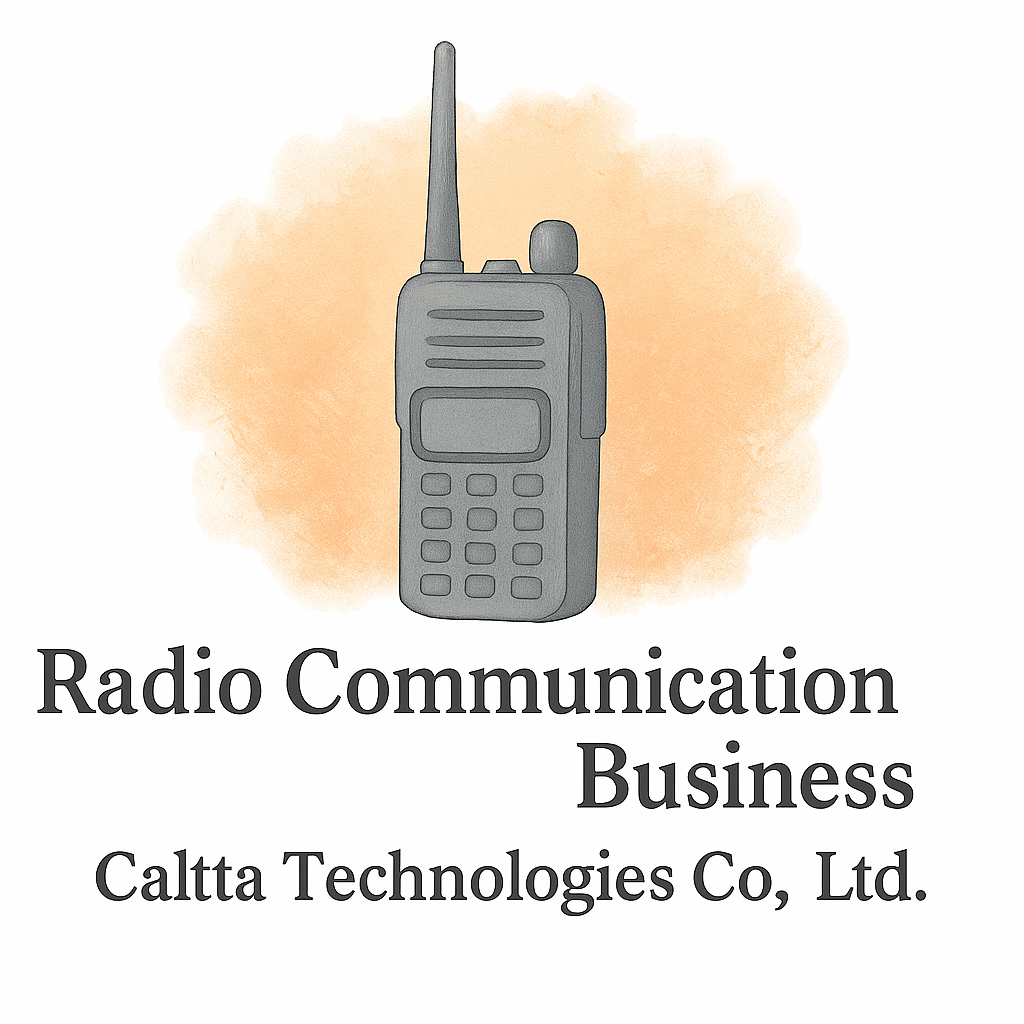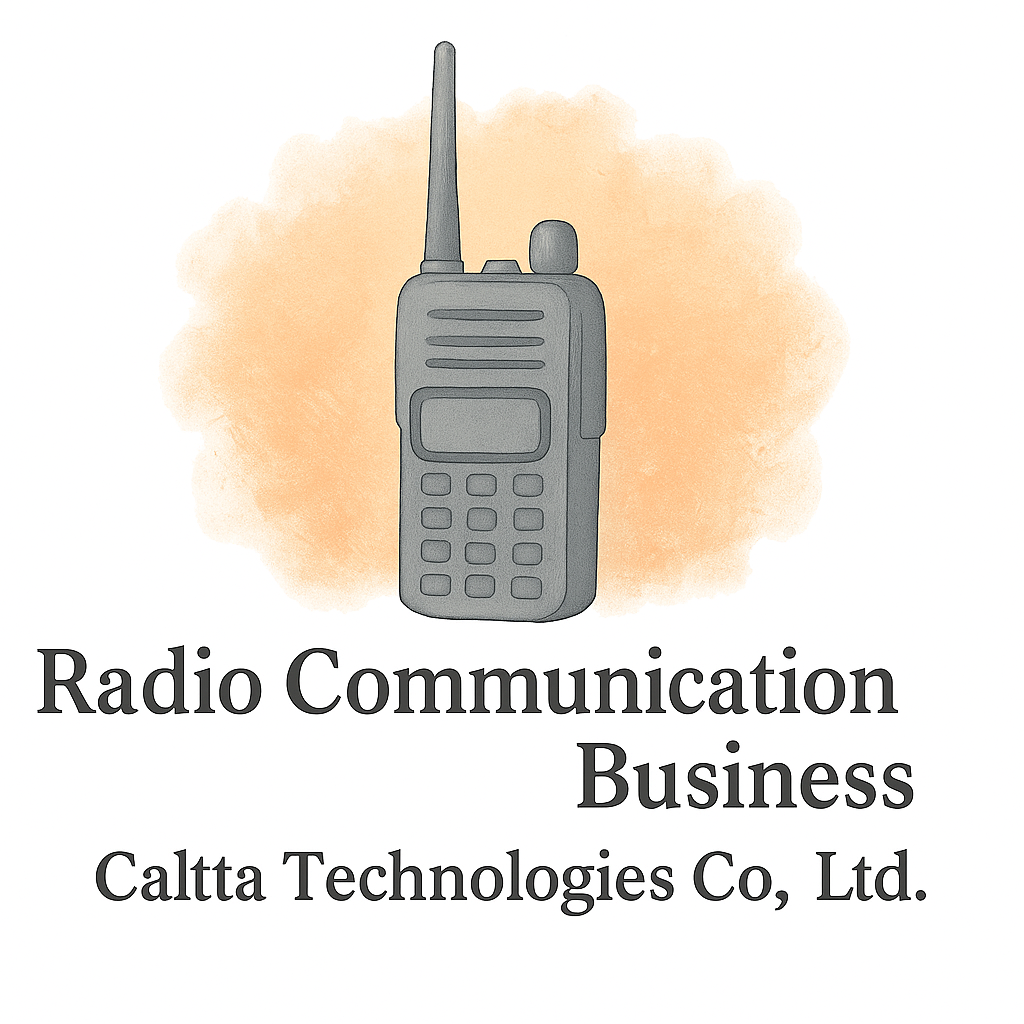Introduction
The radio communication business is no longer just about walkie-talkies and analog transmissions. With rapid advancements in digital technology and increasing connectivity demands, this industry is poised for transformation. Whether you’re already in the game or planning to enter, understanding what’s next is vital. Let’s explore five bold predictions that could reshape the future of radio communication.
The Evolution of Radio Communication
From Analog to Digital
Radio communication has evolved significantly—from simple analog signals to advanced digital systems. Digital radios offer clearer sound, longer range, and better encryption, setting the stage for more sophisticated uses.
Integration with Internet of Things (IoT)
Modern radio communication systems now integrate with IoT devices, creating smart ecosystems that communicate seamlessly. Think of sensors transmitting data over radio frequencies to centralized systems—this is already happening in industries like logistics and agriculture.
Prediction #1: 5G and Beyond Will Revolutionize Communication
Impact of 5G on Radio Systems
5G technology promises ultra-fast data transmission, low latency, and high device connectivity. In radio communication, this means real-time voice and data transfer without interruption. It’s a game-changer, especially for industries requiring instant communication like healthcare and emergency response.
Enabling Real-Time Data Sharing
Imagine a world where your radio device isn’t just for talking—it also shares location, sensor data, and video feeds instantly. With 5G, that’s possible. And with equipment and technology improving, the future looks bright.
Prediction #2: AI and Machine Learning Will Enhance Signal Clarity and Reliability
Smart Signal Processing
Artificial Intelligence can fine-tune signal strength, reduce noise, and optimize bandwidth. This means fewer dropped messages and more reliable communication, even in tough environments.
Predictive Maintenance and System Optimization
Machine learning algorithms can predict when a radio component will fail. Businesses can use this info for preventive maintenance, reducing downtime and saving costs—an essential cost-saving tactic.
Prediction #3: Increased Demand in Emergency and Disaster Management
Role in Real-Time Crisis Communication
Natural disasters, pandemics, or man-made crises—radio communication remains a lifeline. Its ability to function even when cellular networks fail makes it indispensable.
Integration with Public Safety Systems
Expect tighter integration with police, fire departments, and EMS systems. Seamless communication during emergencies is critical and radio systems are central to this effort. Learn more in our industry insights.

Prediction #4: Growth in Private and Enterprise Radio Networks
Business-Specific Communication Needs
More businesses are turning to private radio networks for secure, reliable communication. From warehouses to campuses, tailored solutions are in high demand.
Enhanced Security and Customization
Private networks offer encryption, access control, and scalability. Enterprises want more than just talk—they want integrated solutions that serve business goals. Visit business startup basics for setup guidance.
Prediction #5: Seamless Integration with Other Technologies
Unified Communication Platforms
The line between radio and other communication tools is blurring. Expect radios to work hand-in-hand with apps, GPS, and video conferencing tools. This unified approach enhances productivity.
Radio Communication and Wearable Tech
Smart helmets, wristbands, and AR glasses can pair with radios to deliver vital info hands-free. It’s the future—especially in high-risk or remote work environments.
Challenges Ahead for the Radio Communication Business
Regulatory Compliance and Licensing
With innovation comes responsibility. New tech must align with national and international regulations. Staying compliant is non-negotiable. Check out compliance tips.
Cost of Innovation and Infrastructure
While the future is promising, adopting new tech isn’t cheap. Planning is key—especially for startups and small businesses. Our financial planning guide can help.
Opportunities for Entrepreneurs and Startups
Niche Markets and New Use Cases
From adventure tourism to smart cities, radio communication has many unexplored niches. Entrepreneurs can fill gaps with specialized products or services. Browse startup ideas.
Tools and Equipment Essentials
Understanding the right tools is vital. From rugged radios to mobile repeaters, the right gear makes all the difference. Explore our equipment tag.
Strategic Financial Planning for Future Investment
Smart financial strategies support innovation. Assessing ROI, budgeting for R&D, and securing investment should be priorities. For detailed insights, visit financial planning.
How to Stay Ahead in a Changing Industry
Continuous Learning and Adaptability
Keep up with trends, attend conferences, and never stop learning. Change is constant—stay ready.
Building a Strong Network and Brand
Networking and branding go hand-in-hand. Establish credibility through marketing and branding strategies tailored to this tech-focused industry.
Conclusion
The radio communication business is at a pivotal moment. As 5G, AI, IoT, and other innovations take center stage, opportunities abound for those willing to adapt and innovate. Whether you’re a seasoned professional or a curious entrepreneur, embracing these predictions can future-proof your business. Don’t just keep up—lead the change.
FAQs
1. How will 5G impact the radio communication business?
It will enable faster, more reliable data and voice transmission, enhancing real-time communication.
2. Is AI really going to make radio systems smarter?
Absolutely! AI improves signal clarity, predicts issues, and ensures efficient bandwidth use.
3. What industries benefit most from radio communication advancements?
Public safety, logistics, healthcare, and construction see significant gains.
4. Can startups enter the radio communication market easily?
Yes, especially in niche areas. Proper business setup and strategy are key.
5. What are the main compliance concerns in this industry?
Regulatory licensing, frequency allocation, and data protection are top issues.
6. How important is wearable tech in future radio systems?
Very. Wearables enhance usability in demanding environments.
7. Where can I learn more about tools and tech for this industry?
Visit Caltta International for in-depth resources on tools, tech, and more.


